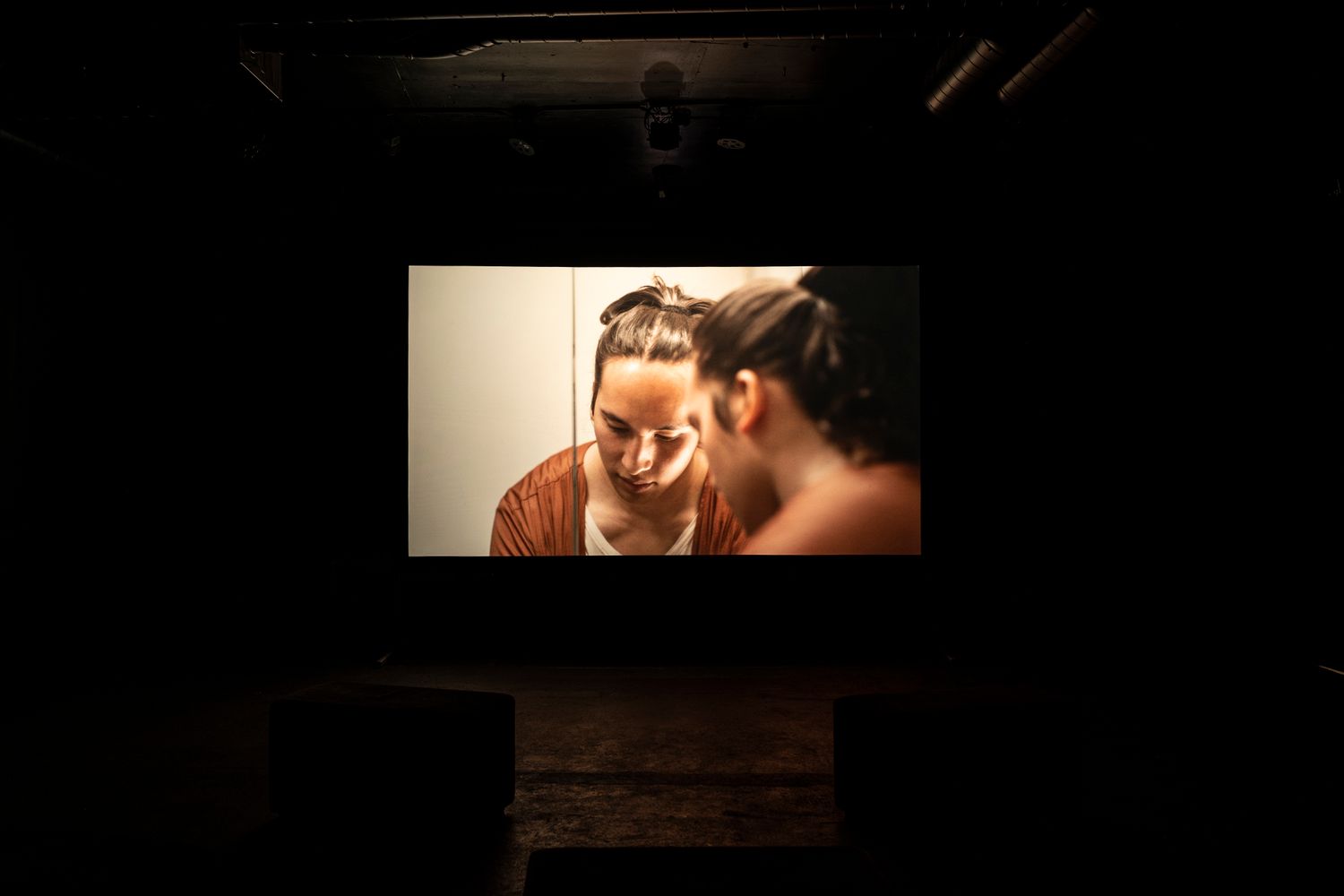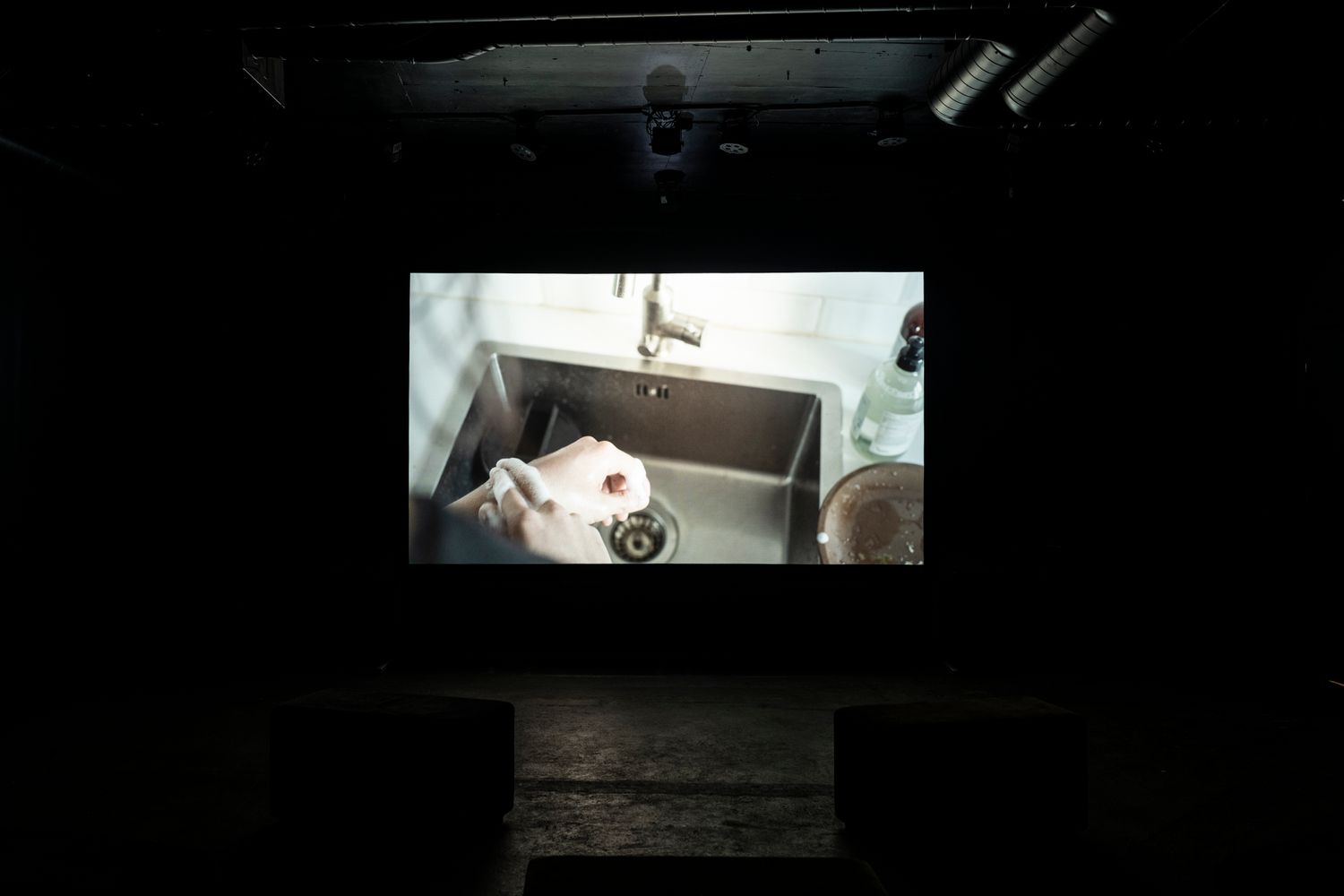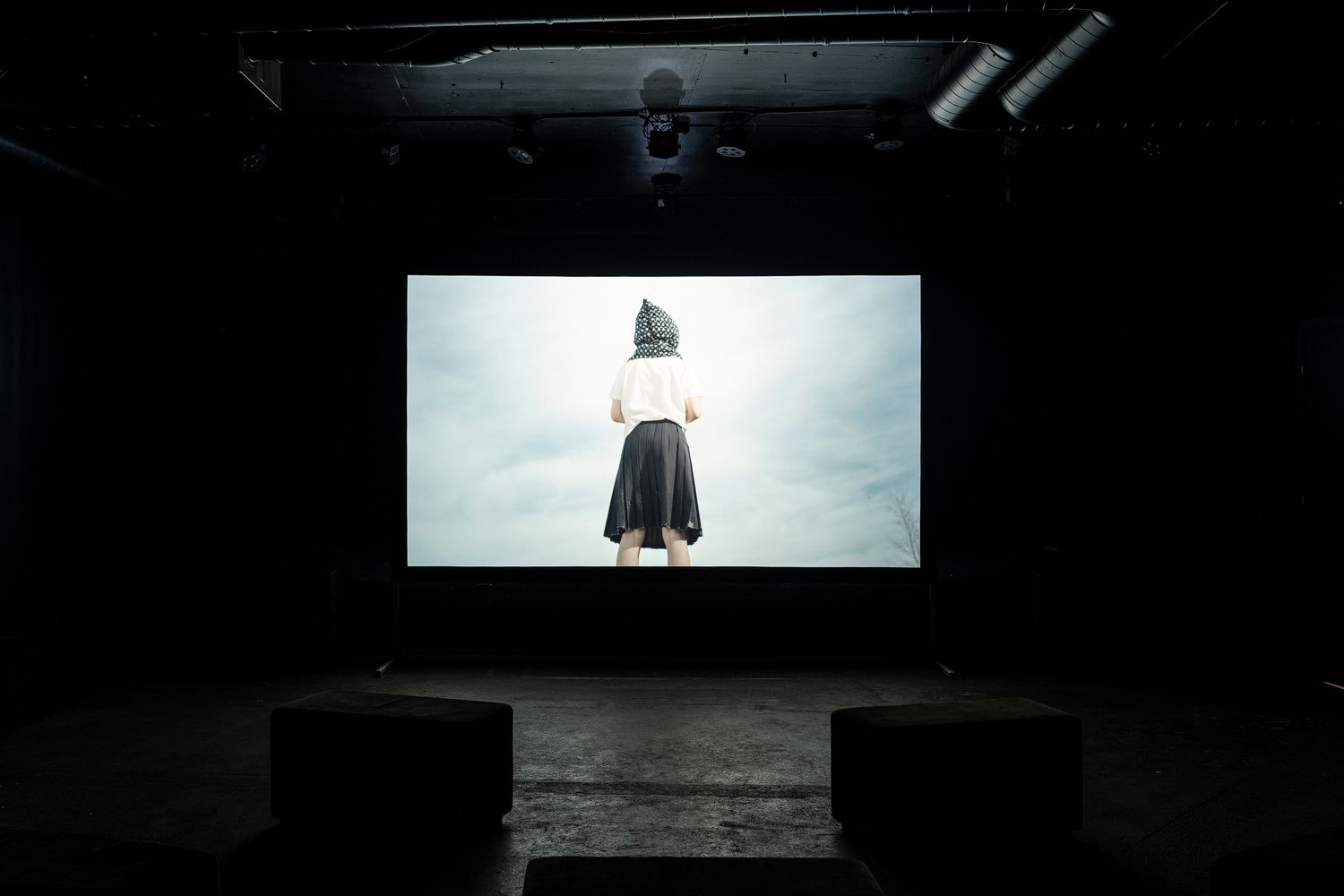In cinema, an “insert” is a shot which emphasises a detail: a close-up of someone’s hand stealing something, say, or the ticking timer of a bomb. An insert shot is a kind of pointing, on the part of the filmmaker: it directs our attention to an object or a gesture which is crucial, somehow, to our understanding of the plot.
Daisuke Kosugi’s new short film might seem at times to be composed entirely of insert shots. There are everyday objects: a smooth round pebble; a sticky sweet in a handkerchief; a canvas bag with Japanese writing on it; a ceramic cup; a pair of felt slippers. And then there are the close-ups of small gestures and movements, especially of hands: beckoning, forbidding, obsessively tapping a rhythm... These images all bring with them a suggestion of significance, as if they were hinges to memories, but the overall narrative remains tantalisingly elusive. As the voiceover puts it, “details of the periphery repeat themselves again and again, whilst the centre of the event takes place somewhere else.”
There seem to be at least three strands to the film: We see a young girl in what seems to be rural, mid-century Norway. We see a slightly older Japanese schoolgirl, also in period clothes, hiding in a tunnel. We see an androgyne person, perhaps in their twenties, in a contemporary domestic setting (a bathroom, a kitchen). Who are these people? They seem to belong to different places and times – do they even share one story? The voiceover, meanwhile, seems indeterminate: it might belong to one of the characters on screen, or all, or none.
All that goes before forget is a film about repetition, and which itself demands repeated viewings. As the voiceover says: “every day progresses, little by little, even as it repeats.” Slowly, over multiple viewings, we may begin to let go of our desire for a single narrative (a centre) and instead find other forms of connection – rhymes between the different strands of image and sound, echoes of objects and gestures, thresholds and barriers. If there are several broken stories interwoven here, then perhaps what they really have in common are their gaps, their forgettings. This points also to the film’s suggestively ambiguous title, which seems to offer two very different possible interpretations: everything that occurs before forgetting, or, forget everything that came before.
Kosugi’s previous work has often drawn on his own family history. Deep research into his relatives’ lives was transformed, in each case, by a combination of portraiture, documentary, choreography and fiction. In All that goes before forget, Kosugi’s initial inspiration was again a family member’s stories – his grandmother’s accounts of surviving a bombing raid in wartime Japan – but he began to find connections between her difficult memories and those of other people with very different life histories, including his own. The final film marks a new development of his work, moving deeper into fiction as a form for speculating about the events that might define a life, while simultaneously defying our ability to narrate them.




